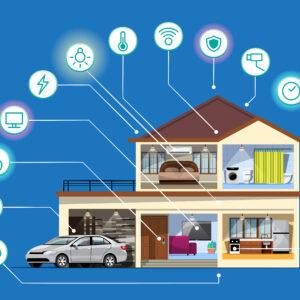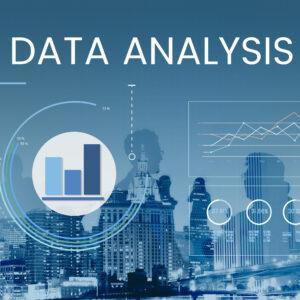Farming methods have progressed enormously over the years. From rudimentary, hand-held gears to the up-to-the-minute, urbane machinery used today, the entire scene has evolved. Farmers are now embracing innovativeness, which has empowered them to attain the highest potential in whichever agricultural activity they opt to start. Farming methods are progressively becoming more sophisticated, less physical, and products are also increasing to a great extent. The ways how technology has changed the agricultural and farming space are highlighted explicitly.
The Abundance of Online resources
The spread of internet technology has vividly provided farmers extraordinary access to the prosperity of valuable incomes and tools to make farming simpler. Particularly, the internet has uncountable production and planning devices to help them predict forthcoming crops.
Furthermore, the World Wide Web offers numerous farming forums that are also one of the effects of modern technology. These forums let them talk about ideas, seek information, and contribute to perceptive discussions. These platforms offer strong support groups that can help agriculturalists to prosper and grow.
The Utilization of GPS Technology
Back in the day, tractors swapped the place and role of horse-drawn carts and ploughs, intensely refining the farming skill. Now, GPS technology as one of the recent technology updates is making a comparable impact, using satellites to speak locations and fundamentally remove the assumptions out of everything from charting land to the placement of irrigators to controlling machinery and a lot more. Tractors fitted with a ground-breaking grouping of GPS technology and instinctive steering systems can function with mind-blowing accuracy. GPS data can be used to augment the use of seeds, dipping waste, and cutting expenditures. GPS enabled drones are also being used more professionally to perform errands like crop spraying, 3D mapping, and livestock monitoring.
Sensors
Sensors, such as GPS technology, are progressively being used by farmers to understand their crops at an elementary level, decrease environmental impacts, and preserve resources. Most of the recognition technologies used in accurate agriculture offer critical data that helps agriculturists to acclimatize their tactics to the varying environmental influences.
Mobile devices
As technology progresses every day, mobile technology also has developed, as demonstrated by the number of apps bursting up. This growth has suggestively wedged every aspect of life with farming too getting support from the improvement. The real game-changer and one of the key advantages of technology have been mobile development. They have transformed the lives of farmers and agricultural field workers, for the good. Farmers have entered numerous mobile apps that can help them to gather data on their field farms, check on the weather, and obtain germane updates.
Smart farming
When all the above skills are amalgamated, the resultant product will be a smart farming process, often stated to be modern agriculture. Smart farming includes the application of modern-day Information and Communication Technologies (ICT) into farming, resulting in what is stated as the Third Green Revolution. The revolution is gradually taking over the farming sector via the joint application of ICT solutions such as the Internet of Things (IoT), robotics, sensors, Big Data, Unmanned Aerial Vehicles (UAVs, drones), and GPS made precision equipment.
Unmanned Aerial Systems
Working with a small aerial drone over the farms and agricultural lands, the farmer can get comprehensive pictures of the crop. From the still pictures or a live video, the farmer can see precisely what parts of a field are fraught with plant disease, pests, insects, and dry conditions.










